Two different kinds of families
Living as an only child and living with siblings

Sophomore Avi Abrams with his five younger siblings.
May 1, 2016
As eighth-grader Ava Fradlin-Ryan walks downstairs for dinner at night, rather than feeling frustrated that she is an only child, she feels grateful for the opportunity to spend quality time with her parents.
At the Upper School, there are students like Fradlin-Ryan who are only children, and there are also many students with siblings. According to the Sefer Echad, 69 families have two or more students enrolled in the Upper School, totaling to 142 Upper School students with siblings.
When she was younger, Fradlin-Ryan was jealous of her friends who had siblings. Now, however, she feels comfortable with being an only child. She has learned that having time by herself is relaxing and helps her be more independent.
“[If I had siblings] I would be less independent, and I would rely on people more,” Fradlin-Ryan said.
For some, this feeling of independence can also be brought out by being in a large family. Hebrew teacher Ortal Wikoff, the youngest of eight siblings, felt independent as a child because her parents were not always focusing on her.
“I could do whatever I wanted and nobody could keep track of me,” Wikoff said.
While Wikoff enjoyed the freedom that this lack of attention gave her, it was also somewhat challenging for her. Additionally, while Wikoff loves her brothers and sisters, she still got in fights with them frequently as a child and used to lock her sister in the bathroom until her mother got home.
Despite the fights, as the youngest child Wikoff looked up to her older siblings as her role models.
Similarly, sophomore Avi Abrams, the oldest of five siblings, feels that it is his responsibility to set an example for his younger siblings.
While it can be challenging for Abrams to focus on being a role model for his siblings, he considers his siblings who are closer in age to him both his friends and to be his friends as well as his family. Abrams likes how his siblings are always there for him to talk to.
“When your friends can’t hang out, you always have your siblings who are like friends,” Abrams said.
Contrary to Abrams, Fradlin-Ryan feels that she “has closer bonds with friends” because she does not always have someone to talk to at home. However, she has also has noticed that since she does not live with someone close to her age at home, it was challenging for her to develop social skills and she has to “work harder at being outgoing.”
In contrast, Abrams not only has close bonds with his siblings, but these bonds help him to make friends in other grades. Abrams enjoys seeing his eighth-grade brother in the hallways at the Upper School. He believes that being in the same school as his brother strengthens their relationship and helps him connect with the students in other grades more.
“I know a lot of [my sibling’s] friends, so I know a lot of the other grades in the Upper School better,” Abrams said.
Even though Fradlin-Ryan, Wikoff and Abrams all grew up differently, at the end of the day, they cannot imagine their lives being any different.
“Each sibling kind of affects you in a different way, and they have an impact on your life,” Abrams said. “Even without just one of my siblings, I’d live differently.”



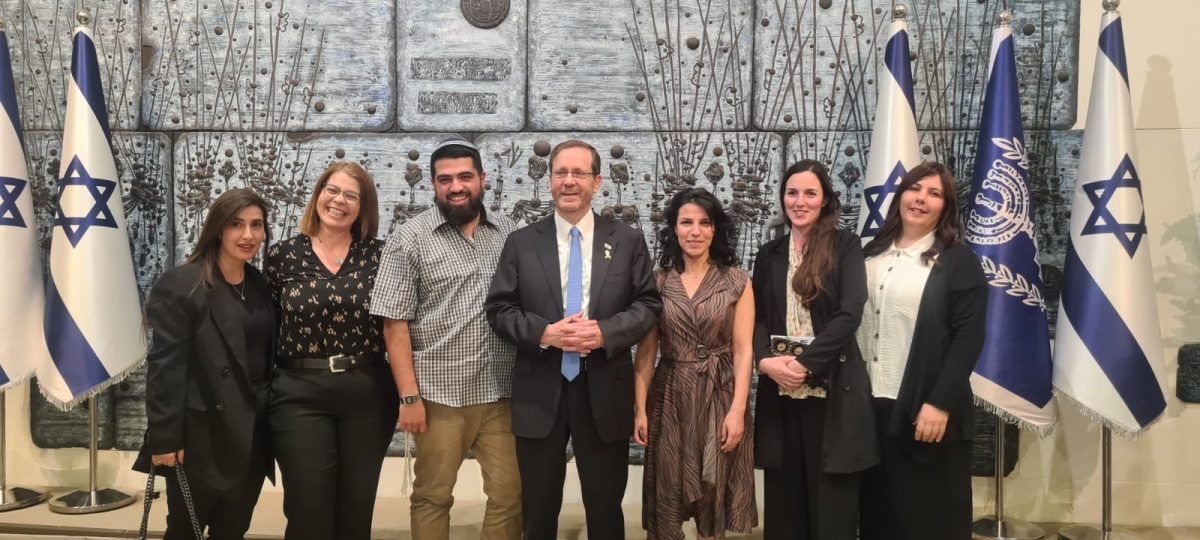
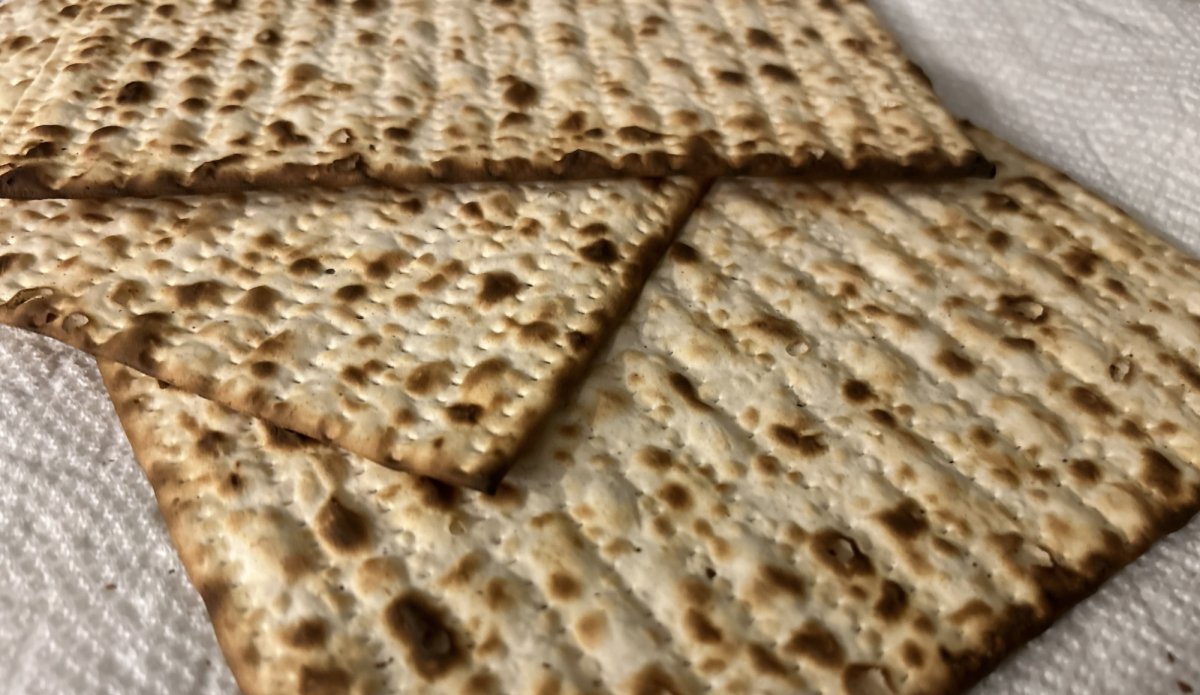
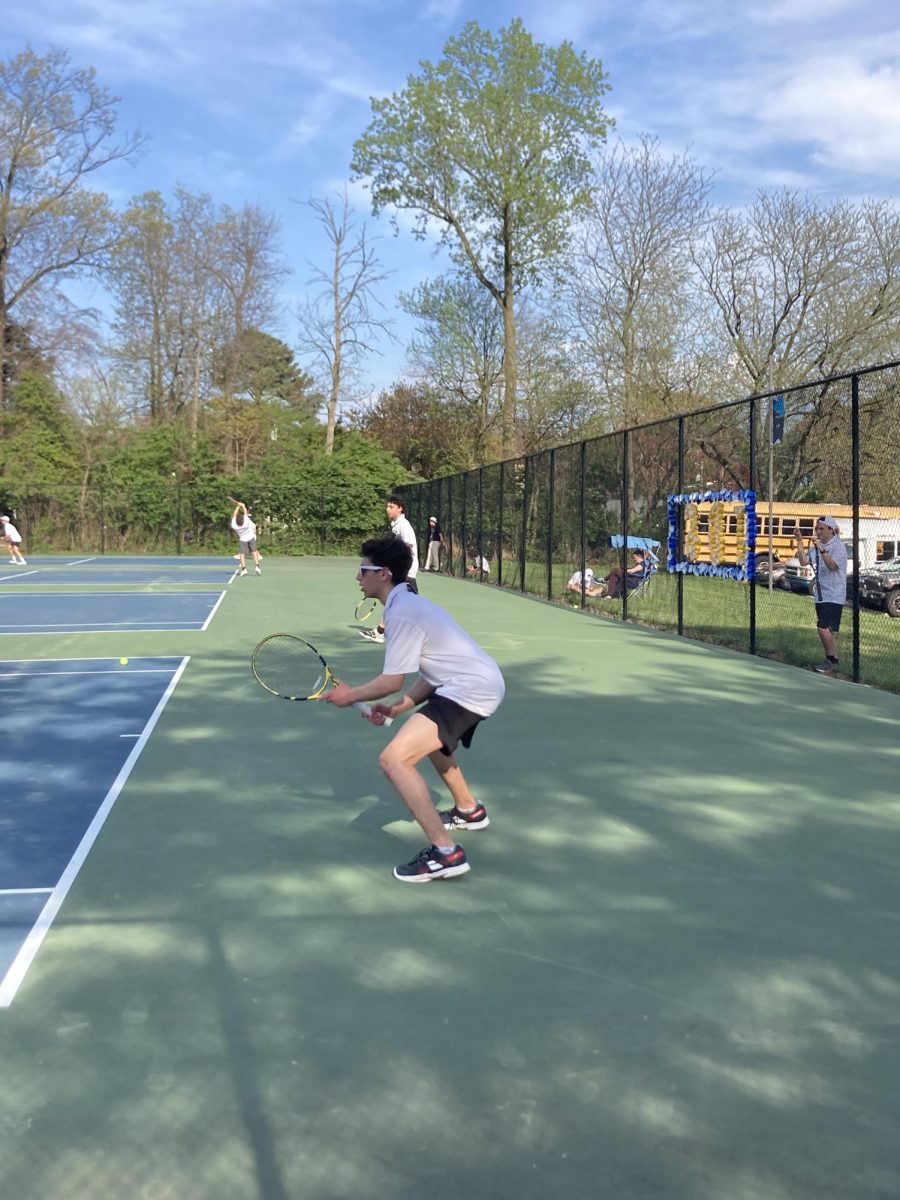
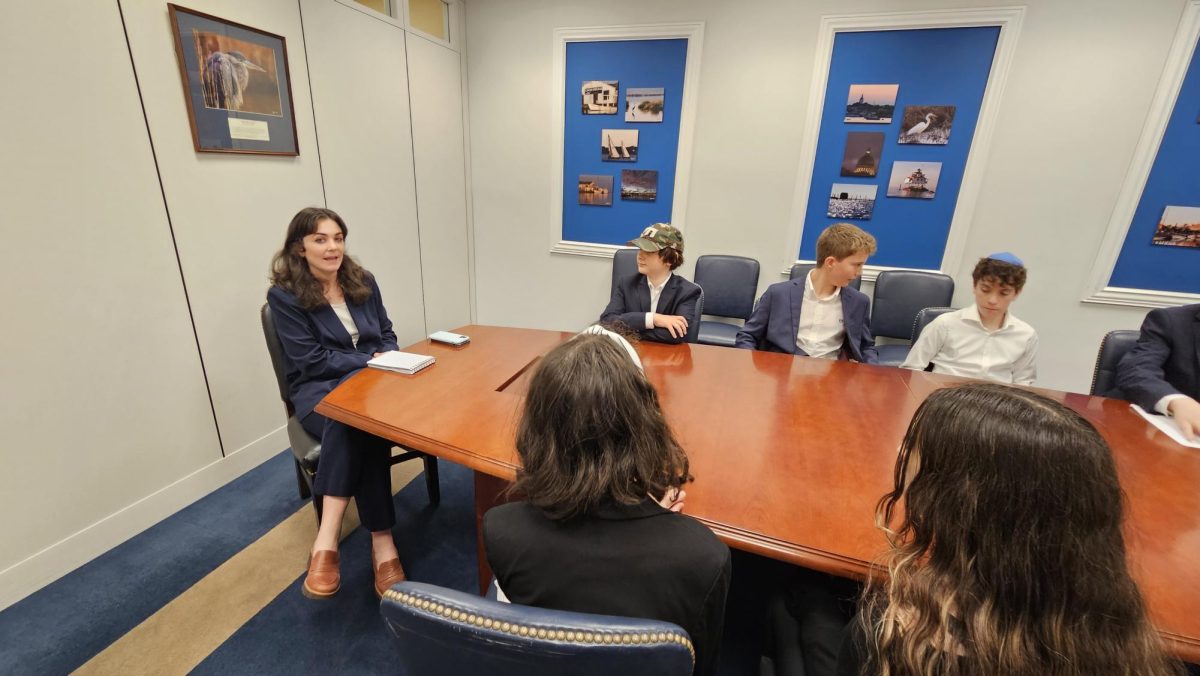

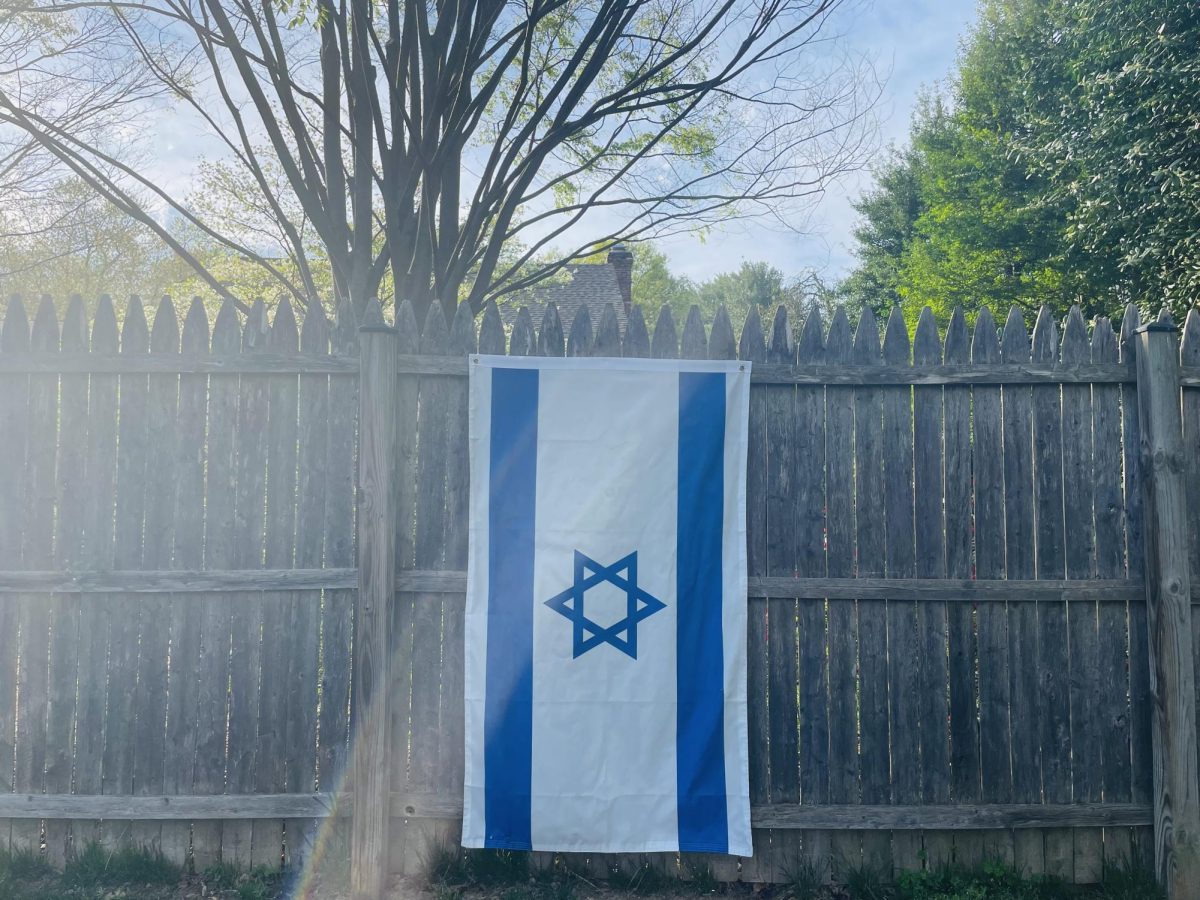
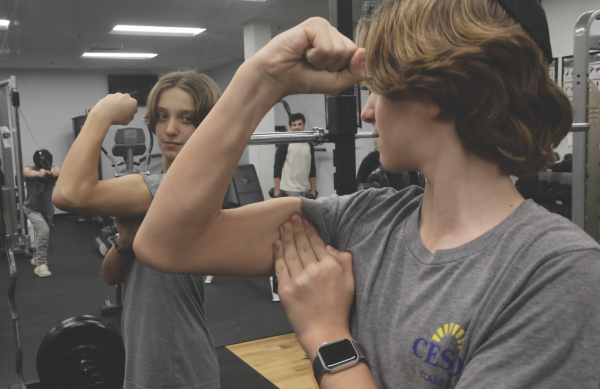
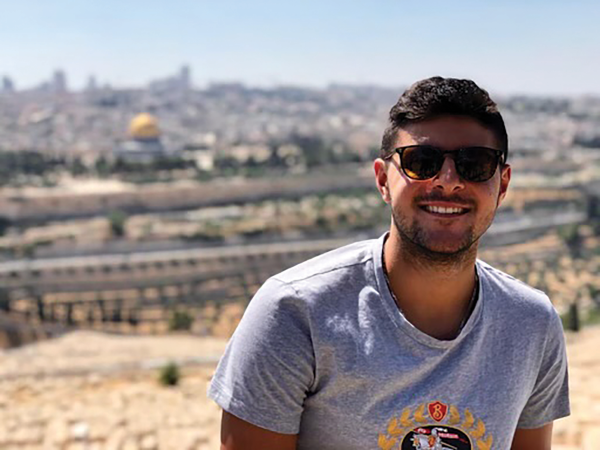




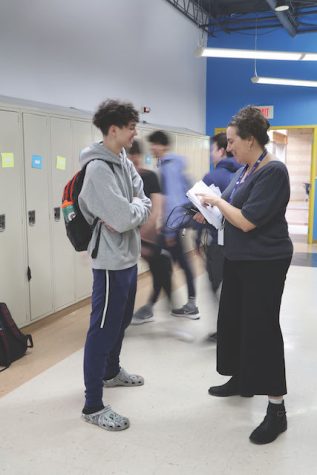

eliana • Apr 30, 2020 at 2:42 pm
WOW MIND CHANGING